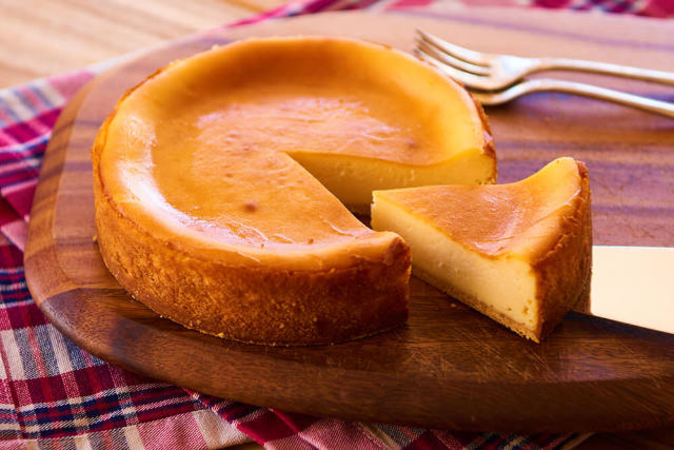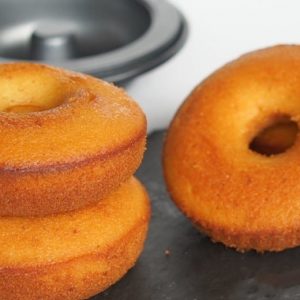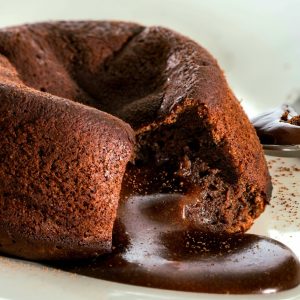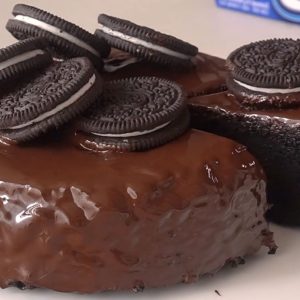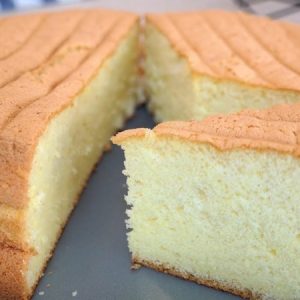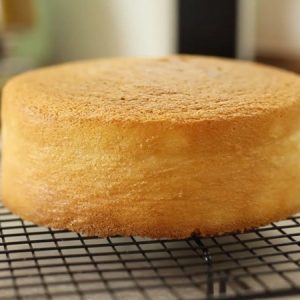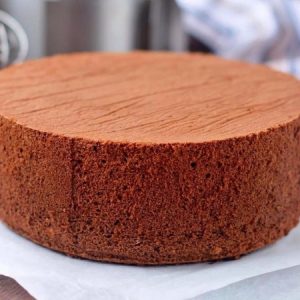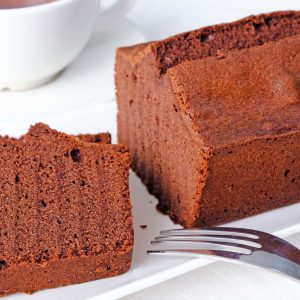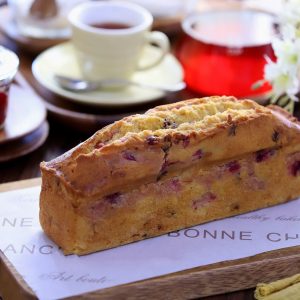You also need a few eggs to hold the cake together. Three whole eggs do the trick quite nicely. I also add an extra yolk, which enhances the cake’s velvety texture. Make sure your ingredients are all at room temperature before you start combining your mixture to avoid lumps. Unlike cake batters, we don’t want to aerate cheesecake batter to make it rise too much. If you over-beat the batter causing bubbles in the batter, the cheesecake will rise more when baking then when it collapses as it cools, it will crack.
Room temp ingredients – make sure the cream cheese is softened and the eggs are at room temp. This will ensure your cheesecake filling is beautifully smooth as it should be. Bake on a low temp to helps ensure the surface doesn’t crack.
Make sure you’re buying the blocks of cream cheese and not cream cheese spread. Don’t use too much sugar considering how many mouths you can feed with this dessert. Over-sweetened cheesecake is hardly cheesecake anymore. Using only 1 cup of sugar gives this cheesecake the opportunity to balance tangy and sweet, just as classic cheesecake should taste. Use one cup of sour cream. Sour cream is most definitely the right choice.
A little flavor, 1 teaspoon of pure vanilla extract and 2 of lemon juice. The lemon juice brightens up the cheesecake’s overall flavor and vanilla is always a good idea. Eggs are the final ingredient. You’ll beat the eggs in last, one at a time, until they are incorporated. Do not overmix the batter once the eggs are added.
This will whip air into the cheesecake batter, resulting in cheesecake cracking and deflating. There are two main reasons why your cheesecake might form cracks: Overcooking and too-fast cooling. Both are entirely preventable. Cook your cheesecake until the outer ring of the cake is slightly puffed and fairly firm. A few toasty golden spots are fine, but if you see any small cracks forming, immediately move on to the cooling step.
Ingredients;
- Butter, for coating the pan
- 2 pounds full-fat cream cheese
- 1 cup granulated sugar
- 1/8 teaspoon salt
- 1/2 cup sour cream
- 2 teaspoons freshly squeezed lemon juice
- 1 teaspoon vanilla extract
- 3 large eggs
- 1 large egg yolk
- 12 whole graham cracker rectangles (6 ounces)
- 5 tablespoons unsalted butter
Instructions;
- Preheat the oven and warm the cream cheese. Arrange a rack in the lower-middle position of the oven and heat to 350°F.
- Use your fingers to coat a small pat of butter all over the bottom and sides of a 9-inch or 10-inch springform pan.
- Cut 2 large pieces of foil and place them on your work surface on top of each other in a cross. Set the springform pan in the middle and fold the edges of the foil up and around the sides of the pan.
- Crush the graham crackers in a food processor until they form fine crumbs, you should have 1 1/2 to 2 cups. Melt the butter in the microwave or on the stovetop and mix this into the graham cracker crumbs.
- The mixture should look like wet sand and hold together in a clump when you press it in your fist. If not, add extra tablespoons of water until the mixture holds together.
- Transfer it into the springform pan and use the bottom of a glass to press it evenly into the bottom.
- Place the crust in the oven (be careful not to tear the foil). Bake until the crust is fragrant and just starting to brown around the edges, 8 to 10 minutes. Let the crust cool on a cooling rack while you prepare the filling.
- Place the cream cheese, sugar, cornstarch, and salt in the bowl of a stand mixer fitted with a paddle attachment.
- Mix on medium-low speed until the mixture is creamy, like thick frosting, and no lumps of cream cheese remain. Scrape down the beater and the sides of the bowl with a spatula.
- Add the sour cream, lemon juice, and vanilla and beat on medium-low speed until combined and creamy. Scrape down the beater and sides of the bowl with a spatula.
- With the mixer on medium-low speed, beat in the eggs and the yolk one at a time. Wait until the previous egg is just barely mixed into the batter before adding the next one.
- Scrape down the beater and sides of the bowl with a spatula. Stir the whole batter a few times by hand, being sure to scrape the bottom of the bowl, to make sure everything is incorporated.
- Check to make sure the crust and the sides of the pan are cool, if they’re cool enough to comfortably touch, you can go on. Pour the batter over the cooled crust and spread it into an even layer.
- Transfer the pan to a roasting pan or other baking dish big enough to hold it. Bring a few cups of water to a boil and pour the water into the roasting pan, being careful not to splash any water onto the cheesecake.
- Bake the cheesecake for 50 to 60 minutes. Cakes baked in a 10-inch pan will usually cook in 50 to 55 minutes; cakes in a 9-inch pan will cook in 55 to 60 minutes.
- Leave the cheesecake in the oven. Turn off the oven and crack the door open or prop it open with a wooden spoon. Let the cheesecake cool slowly for 1 hour.
- Remove the cheesecake from the oven and from the water bath, unwrap the foil, and transfer it to a cooling rack. Run a thin-bladed knife around the edge of the cake to make sure it’s not sticking to the sides.
- Chill the cheesecake for 4 hours in the refrigerator. Chill the cheesecake, uncovered, for at least 4 hours or up to 3 days in the refrigerator.

